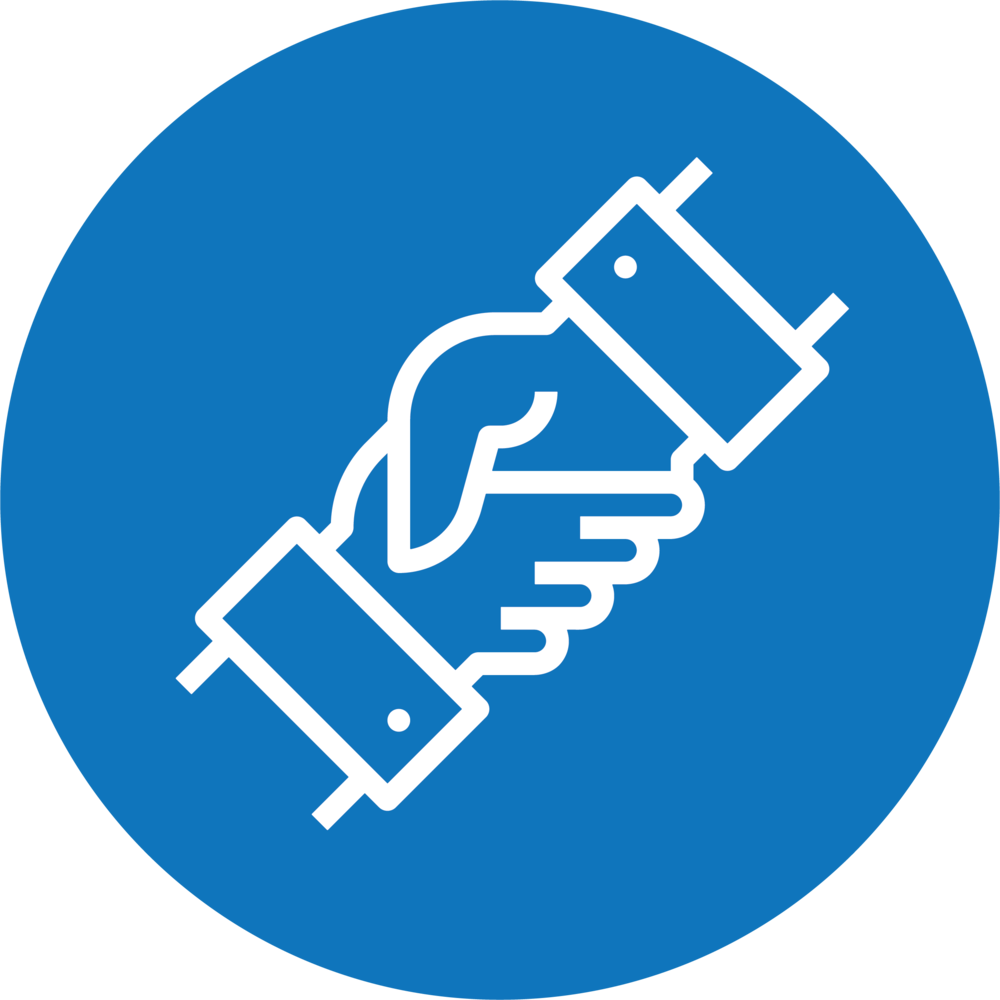How Faxing Went Digital
The introduction of digital faxing has changed the way we communicate papers, making it more convenient, efficient, and environmentally beneficial.

Fax machines, once a staple of offices and necessary for sending vital documents, have largely disappeared from common use. However, faxing has not disappeared; rather, it has developed.
The introduction of digital faxing has changed the way we communicate papers, making it more convenient, efficient, and environmentally beneficial. This transition has important ramifications for both consumers and organizations, particularly because it eliminates the need to visit office copy centers, libraries. shipping stores, and other similar locations to make a fax. You can do anything from the convenience of your own home.
A History of Faxing
To understand the relevance of digital faxing, consider its roots. The fax machine, or facsimile machine, was established in the mid-nineteenth century, but it wasn't until the 1980s that faxing became widely used in offices around the world. The technique enabled the quick delivery of documents across phone lines, revolutionizing communication. Traditional faxing, while convenient, required a dedicated machine, paper, toner, and a phone connection, which might be time-consuming and expensive.
The Transition to Digital Faxing
Digital faxing, often known as online faxing, gained popularity with the advent of the internet. Unlike traditional faxing, digital faxing sends and receives documents via the internet. This move has resulted in various advantages:
Convenience
One of the primary advantages of online faxing is the ability to send and receive faxes from anywhere. Whether you're at home, at work, or on the go, you can send documents from your computer, smartphone, or tablet. This means no more going to the library or UPS store to use a fax machine.
Cost-effectiveness
With digital faxing, you don't need a physical fax machine, paper, toner, or a dedicated phone connection. Many online fax services provide modest plans, sometimes dependent on the quantity of faxes sent and received, which can be far less expensive than keeping a traditional fax machine.
Environmental Impact
Digital faxing is a more environmentally friendly choice because it reduces the need for paper and toner. It promotes the growing trend of paperless offices and helps to decrease waste and energy usage.
How Digital Faxing Works
Digital faxing services function by transforming your documents into digital files that can be transmitted via the internet. Here's a simple step-by-step explanation of how it works:
1. Create an Account: First, you register for an online fax service. Many companies give a variety of options, including free trials and basic free services with limitations.
2. Upload Your Document: You can upload files straight from your computer, smartphone, or cloud storage services such as Google Drive, Dropbox, and OneDrive.
3. Enter the Recipient's Fax Number: Despite being a digital service, you continue to use traditional fax numbers. The service will convert your digital document into a fax-compatible format.
4. Send the Fax: After uploading your document and entering the recipient's fax number, you can send the fax. You will receive a confirmation after it has been properly sent.
5. Receive Faxes: Incoming faxes are converted into digital files and sent to your email or saved in your online fax account. You may view, download, or print these files as needed.
Popular Digital Fax Services
Several companies provide digital faxing services, each with unique features and pricing. Some of the most popular are:
- eFax: One of the pioneers of internet faxing, eFax provides a powerful platform that includes mobile apps, electronic signatures, and cloud storage integration.
- Fax App: known for its user-friendly interface, inexpensive pricing, and the ability to scan documents and use cloud services.
- FaxZero: FaxZero provides a free online faxing solution for sending infrequent faxes. It is limited to a set number of pages each fax but is an excellent choice for infrequent use.
- RingCentral Fax: As part of the RingCentral cloud communications suite, this service is suitable for enterprises seeking a comprehensive communication solution.
Security and Compliance
A common issue about digital faxing is security. Given the sensitive nature of many faxed papers, they must be transmitted securely. To protect papers while they are being transmitted, reputable online fax services use encryption. Furthermore, many services follow standards such as HIPAA (Health Insurance Portability and Accountability Act) for healthcare-related faxes, which ensures that sensitive information is handled properly.
The Future of Faxing
As technology advances, digital faxing is projected to become increasingly interwoven into ordinary business activities. Its convenience, cost savings, and environmental benefits make it an appealing choice for both small and large organizations. With increased digital literacy and a continued drive for remote work, reliance on digital solutions such as online faxing is anticipated to increase.
Conclusion
Digital faxing marks a fundamental change in how we communicate and receive papers. By utilizing the power of the internet, faxing has become more accessible, efficient, and ecologically benign.
No longer limited to the typical fax machine, you can now send and receive faxes from the comfort of your own home. As we move forward, digital faxing will remain an important part of modern communication, adjusting to the changing needs of individuals and organizations.






